My Favourite Pieces: Leon Botstein’s pocket watches that have witnessed history
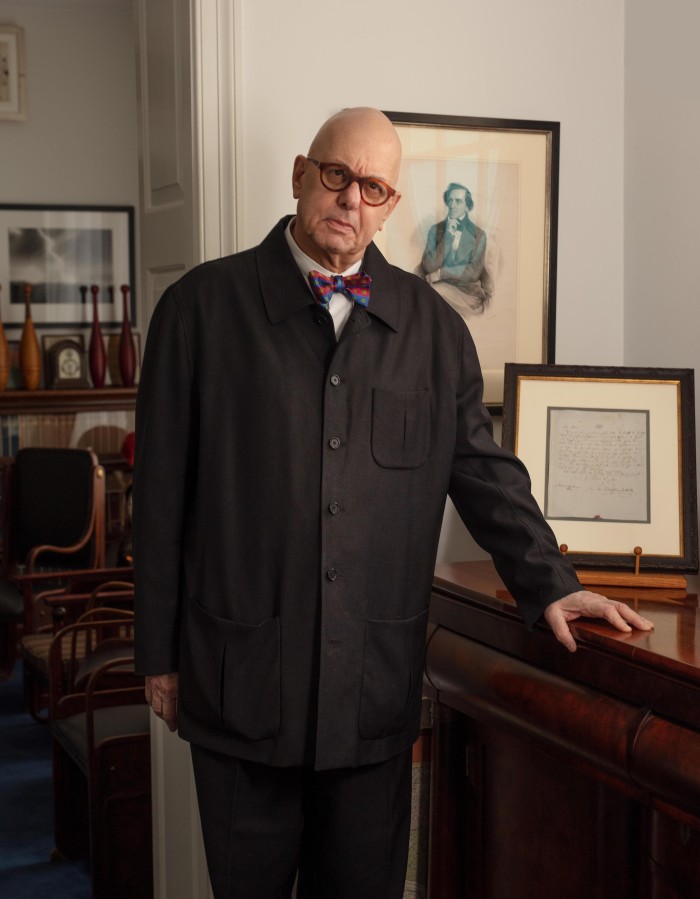
Roula Khalaf, Editor of the FT, selects her favourite stories in this weekly newsletter.
Leon Botstein grew up appreciating the value of watches; they helped save the lives of members of his family trapped in the Warsaw Ghetto during the second world war. His Polish-Jewish uncle Leon sent coded messages through an intermediary to Botstein’s parents, who were working at the University of Zurich’s medical school in neutral Switzerland, to alert them to family members dying of typhus and starvation — and call for any items of value that might help them.
“In desperation, my uncle suggested that, in order to bribe and barter, why not send Swiss watches to the ghetto and see whether they come through?” says Botstein, 75, who is music director of the American Symphony Orchestra and president of Bard College, a liberal arts institution in New York state.
All 21 wristwatches sent to Warsaw arrived, and were used to save Botstein’s maternal grandparents and his uncle Samuel. Uncle Leon, after whom Botstein was named, was killed in the ghetto in 1943.
“I knew this story as a child and, when I married and had my first child, I [alighted] on this idea to collect enough to bequeath to each of my children 21 Swiss watches,” says Botstein.
With encouragement from David Landes, his doctoral thesis adviser at Harvard University who wrote a book on the history of measuring time, Botstein bought his first piece in 1970. His collection has grown so large that, not only can he leave 21 watches to each of his three surviving children, he can also give pieces to nieces and nephews.
1. Musical pocket watch, 1780s
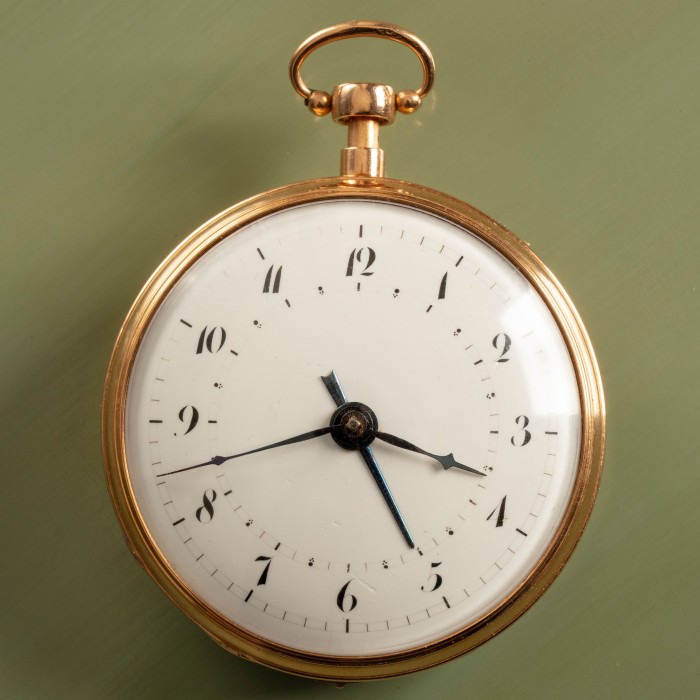
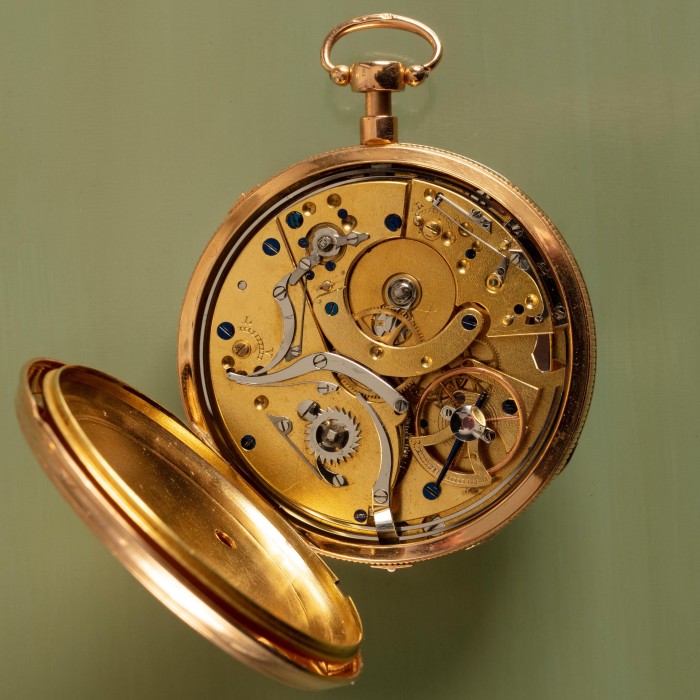
Botstein favours pocket watches. He says his children are free to sell the pieces they inherit as they wish — with a few exceptions, including this gold open-face pocket watch. It was a gift from a Holocaust survivor who worked with his mother after both emigrated to the US.
The watch, which plays a tune when wound at the back and also has an alarm function, had belonged to the woman’s Jewish banker father. After he fled Vienna in 1938, she and her Catholic mother buried it with other valuables in their garden.
“Every watch has a story,” says Botstein. “It’s been a witness to life, and this one a particularly poignant witness.”
2. A Lange & Söhne pocket chronometer, 1915
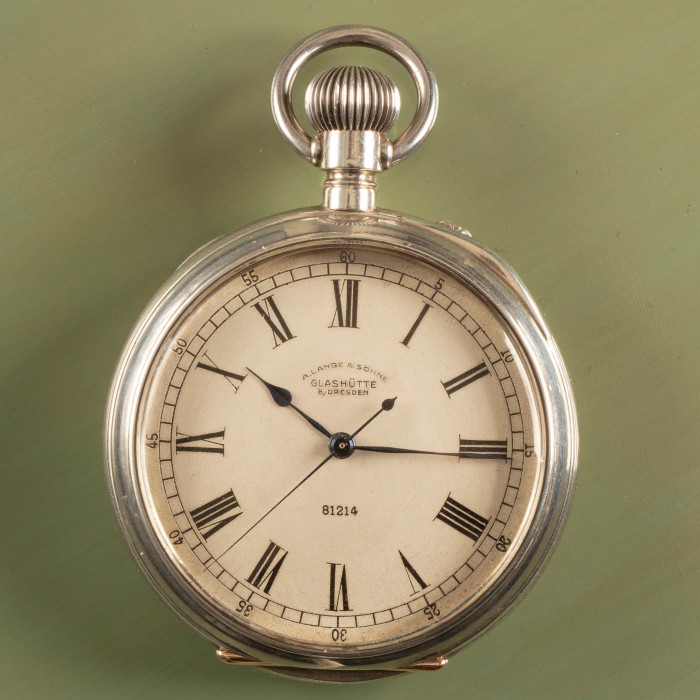
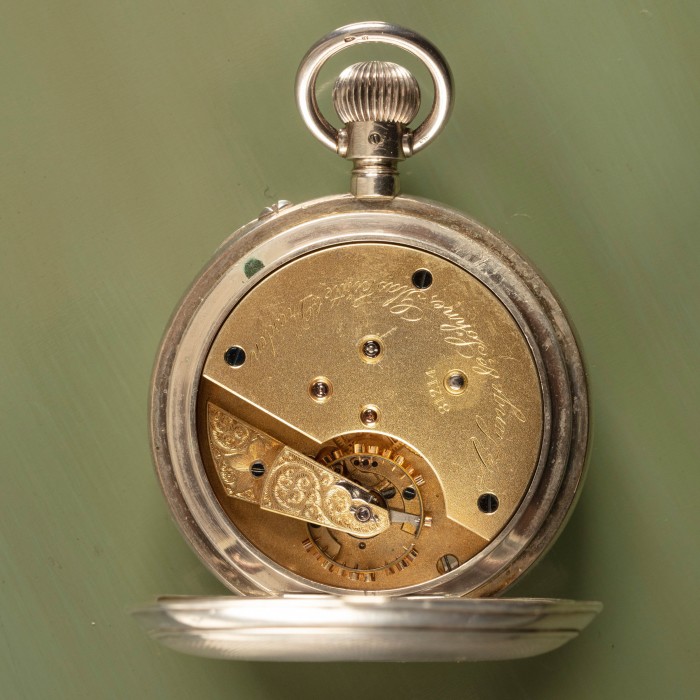
Botstein has collected watches primarily for their innovation and accuracy. “I’m a musician, so the contrast between measured time on our watches and the subjective experience of time as a musician is very interesting because, although what we do in music is distort your perception of time, in order to do so we need to have a very accurate sense of time,” he says.
He admires the “tremendous care” taken with accuracy in this silver open-face pocket watch with centre seconds. According to A Lange & Söhne, it was one of 43 watches intended for navigation delivered to the Austro-Hungarian naval observatory in Pula, Croatia.
3. Jaccard Junod pocket watch, 1880s
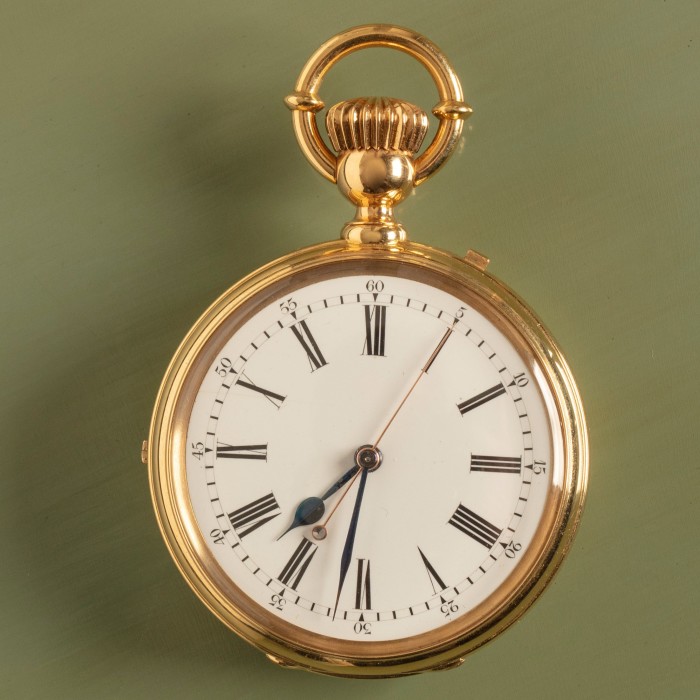
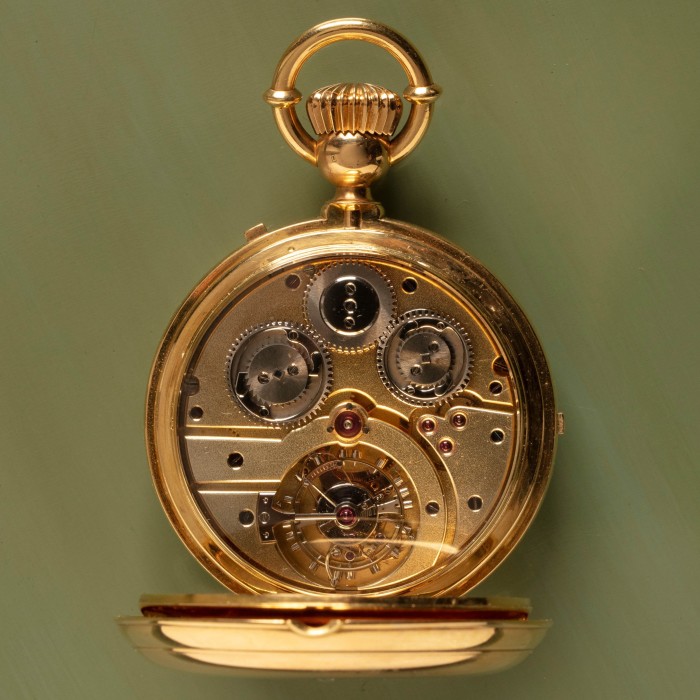
Botstein particularly likes watches with a centre seconds hand; the one on this Swiss gold open-face pocket watch has a jewel on the end.
An English dealer alerted him to the piece, saying it had his “name written all over it because of the technological combination”. As well as a dead-seconds complication, which means the second hand ticks once a second, the watch has a tourbillon — a mechanism that increases accuracy by housing the escapement and balance wheel in a cage that rotates.
4. Charles Fasoldt pocket watch, 1860s
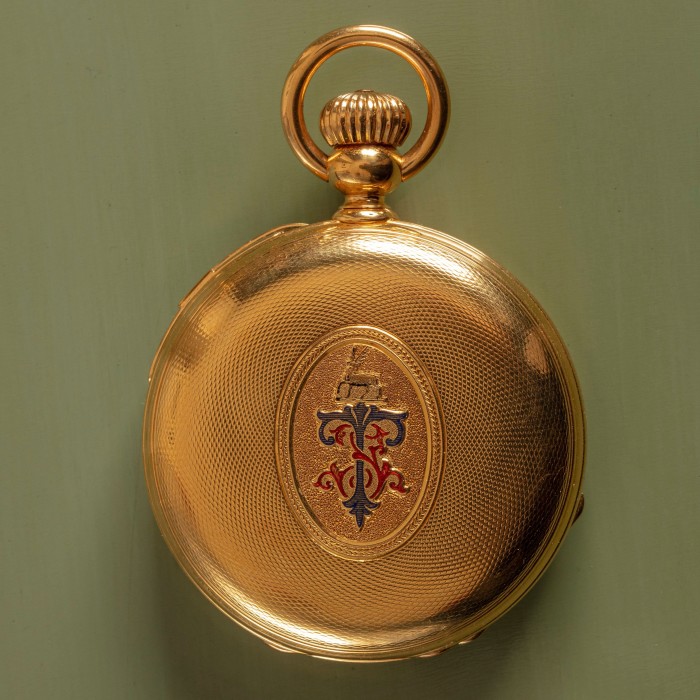
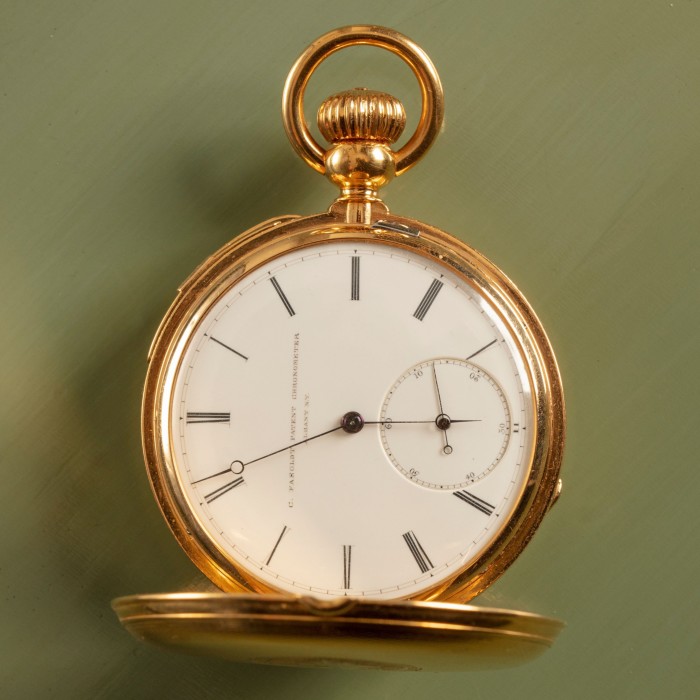
Fasoldt, a German watchmaker who moved to the US in 1849, was “an absolutely original, eccentric genius”, says Botstein. He bought this gold hunter-case watch — which was made in Albany, New York state — in Switzerland.
The watch can be wound with the crown, though the crown can be disengaged to use as a key to open up the back and wind the watch. “It’s a redundant design to protect what was then a relatively newfangled idea, which was winding the watch with the crown,” says Botstein. “It’s unique in its design, beautifully executed.”
5. Paul Ditisheim pocket chronometer, 1897-98
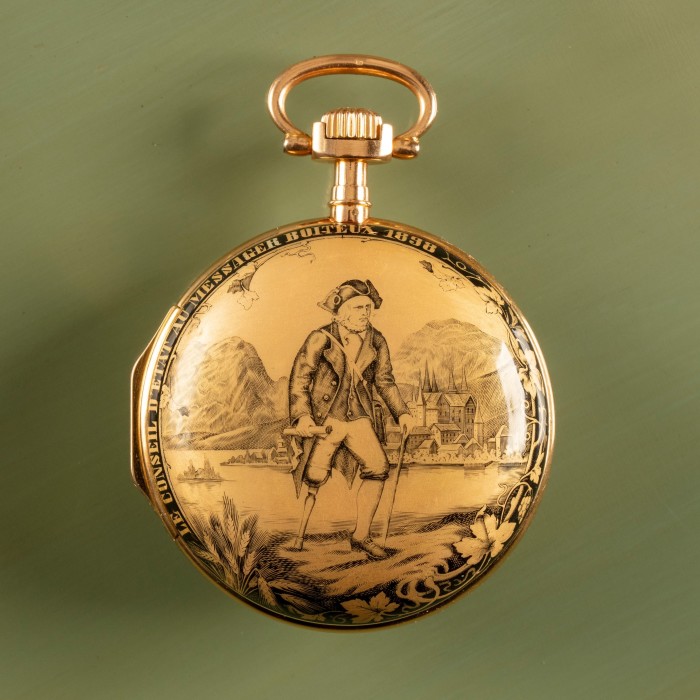
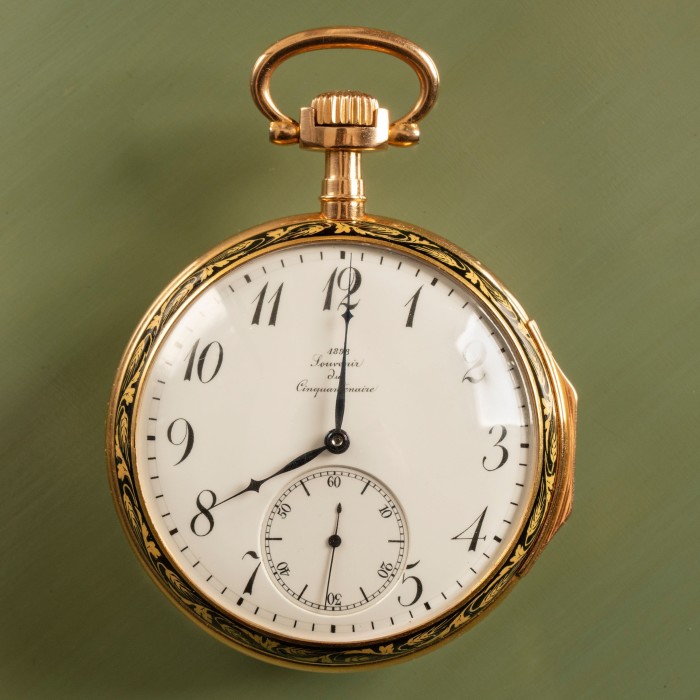
Though not interested in decorative cases, Botstein is a fan of the work of Ditisheim, a Swiss watchmaker known for complex pieces. This open-face watch’s gold case back with grisaille enamel depicts a lame messenger, the emblem of the defunct almanac Le Véritable Messager boiteux de Neuchâtel, in front of the Swiss town of Neuchâtel.
The almanac’s owner, Ernest-Henri Bouvier, received the watch from the state council of the canton of Neuchâtel to mark the 50th anniversary of the Republic of Neuchâtel in 1898.
Botstein bought the watch last year but says his active collecting is drawing to a close. “There is a general inflation in the watch market. Values [for pocket watches] are probably beginning to go up and there’s less and less out there that is of interest,” he says.
Comments